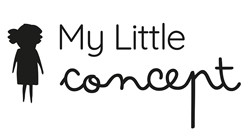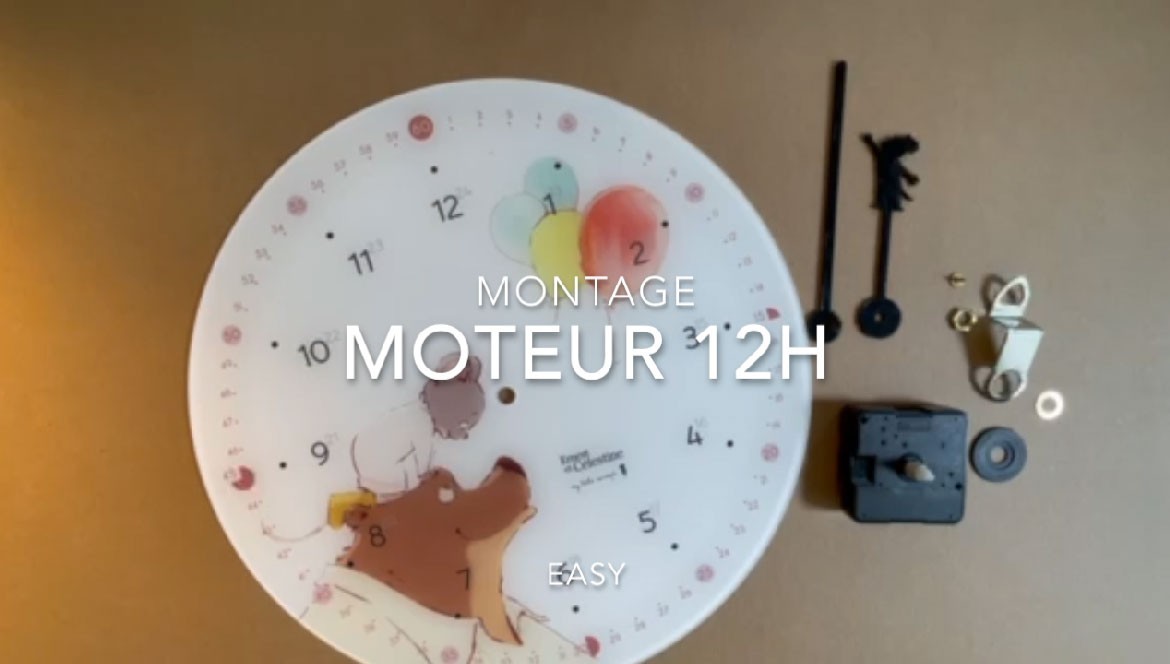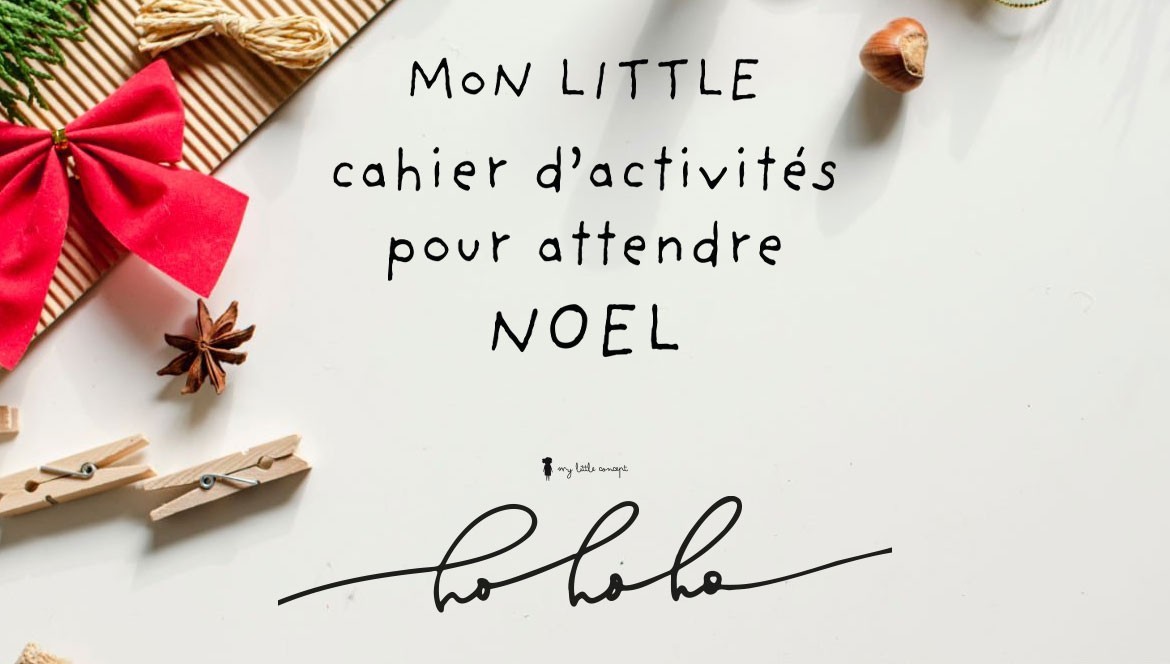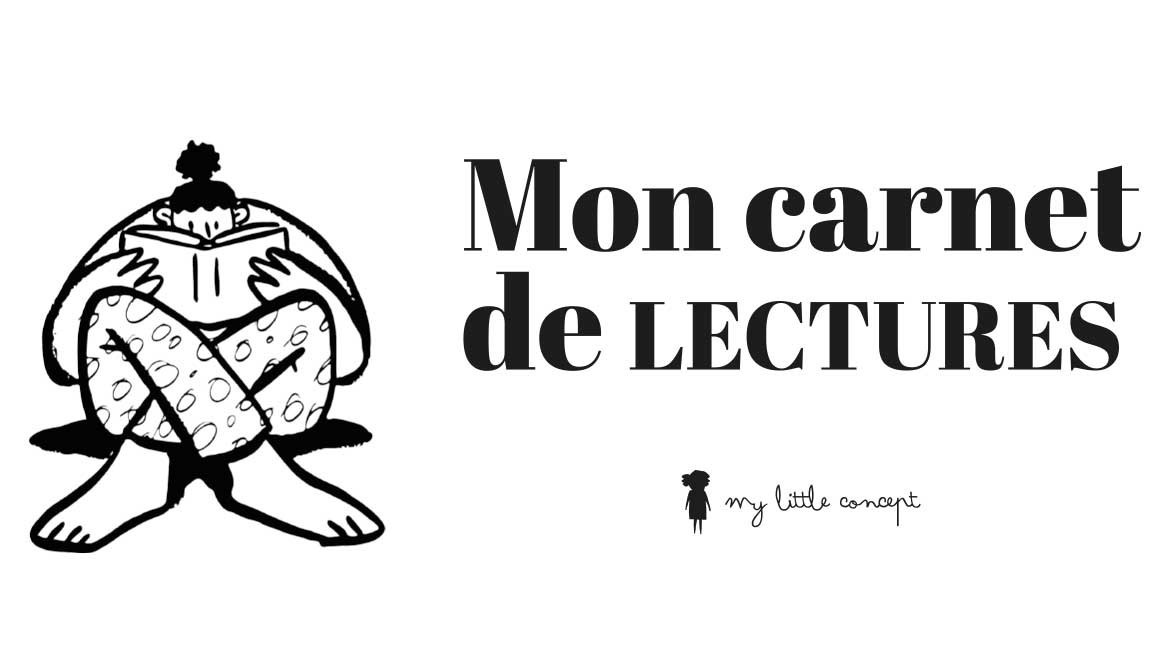What is the purpose of knowing how to read the time?
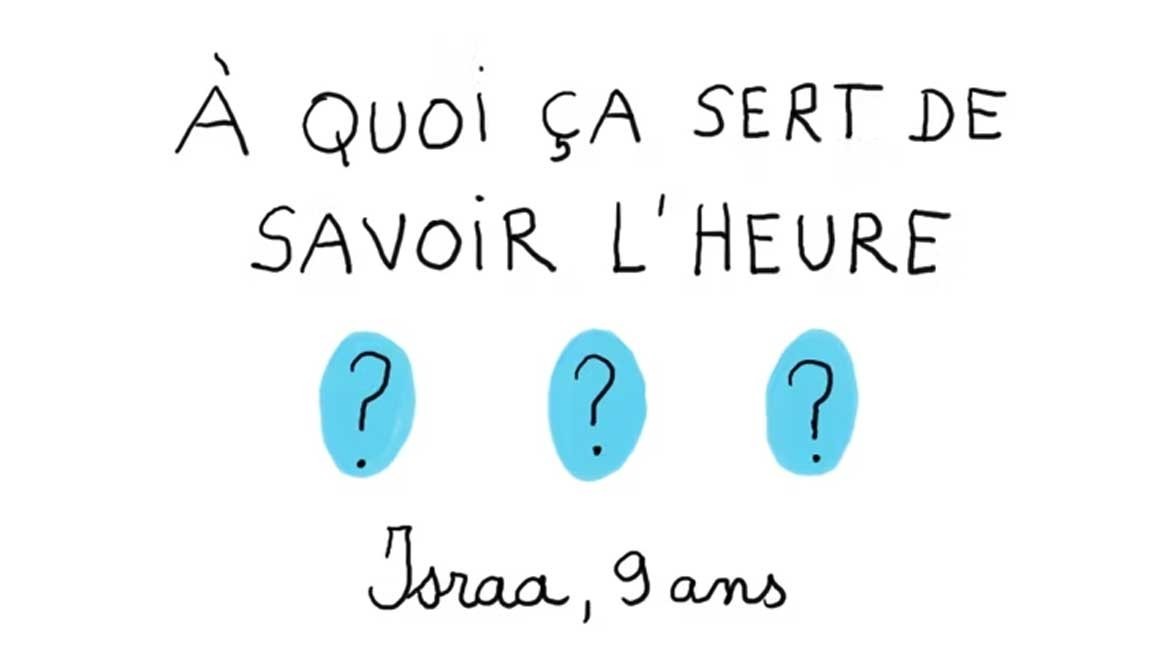
Time is written everywhere, on our smartphones, on television, on various display boards. But what is the purpose of knowing how to read the time?
Knowing the time is highly useful for a multitude of reasons. It allows us to not miss our snack time, count the seconds and minutes before the end of classes, and be on time for our best friend's birthday party. Knowing the time helps people orient themselves in time and synchronize without even consciously thinking about it or paying much attention. It is very practical in our societies as it enables us to live together harmoniously. In a way, time is like the page numbers of a book or the chapter titles. The hours help us navigate through the day. Each hour segment is associated with specific tasks that are common to most people. Knowing the time allows us to schedule ourselves, clearly identify daily tasks and rituals, and accomplish them in a timely manner.
What tools to use according to your child's age?
For children aged 3-5, we will first emphasize the importance of understanding the concept of TIME. It is an essential building block for comprehending the concept of hours. We cannot embark on learning how to read the time if the child cannot first navigate through their day and week.
The tools to prioritize are those that help the child assimilate the meaning of terms such as morning, noon, afternoon, and evening, as well as day and night, and the names of the seven days of the week. We can continue this learning with the names of the twelve months of the year and the seasons. Our tool to become familiar with all this time vocabulary is our DIY perpetual calendar.
To better understand the progression of their days and weeks, we have our 24-hour clocks for daily and weekly routines.
On the website, under the section My Little Clocks, you will find our silent educational clocks designed to familiarize children with the concepts of daily and weekly time.
Sold with their routine and task pictograms (our famous Stickettes), these tools allow you to schedule their main routine activities and help your child make connections between time segments and their activities.
Equipped with these tools, your child will be able to navigate easily as they will have a good understanding of the concept of time. This ability will become increasingly automatic for them. For example, when evening approaches, they will know on their own that this period of time is associated with the rituals of getting into pajamas, brushing their teeth, and going to bed.
It should be noted that these clocks will also lay the foundation for reading the time on an analog clock. Indeed, the child will already understand the role of the rotating hand that follows the rhythm of time and points to the information (the pictograms) as well as the time of the event.
For older children, starting around the age of 6-7 when they enter primary school, once they have a good grasp of the concept of time, it will be easy to move on to learning how to read the time. At this point, you can choose to teach them to read the time on traditional analog clocks with hands and/or introduce them to digital clocks.
The use of analog clocks has the merit of helping children understand the principles of reading time. It provides a clear visualization of the difference between hours, minutes, and seconds. The effort required to decipher the time will also be more interesting and playful.
We offer learning clocks in the My Little 12h.
Feel free to check out our other blog articles and the one on learning to read the time.
The video is from the website 1 jour 1 actu, which you can find here:
https://www.1jour1actu.com/culture/a-quoi-ca-sert-de-savoir-lheure
